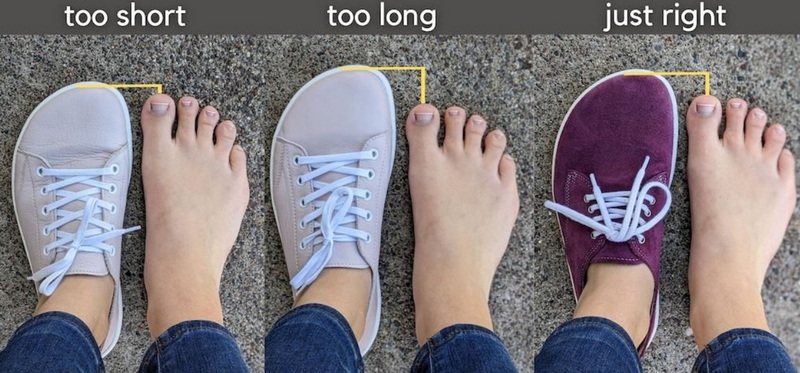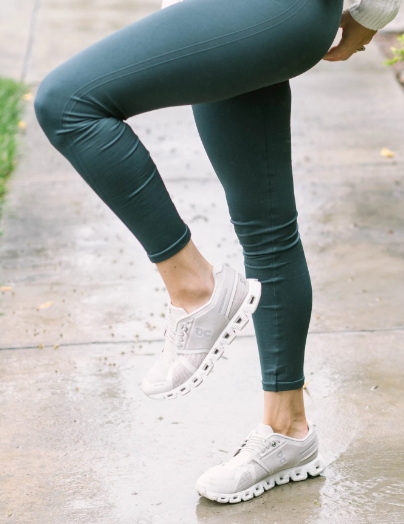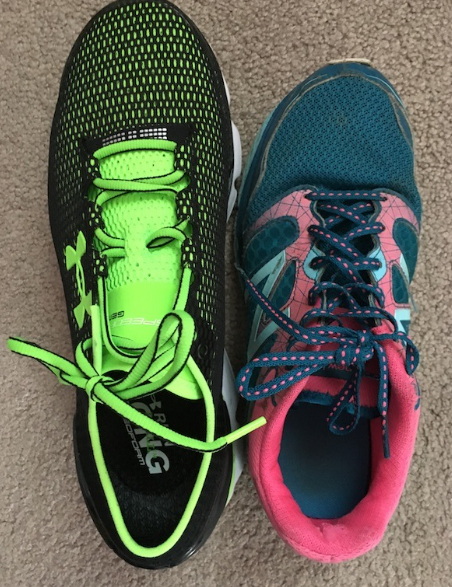Content Menu
● Understanding Women's Shoe Sizing
● Factors Influencing Shoe Fit
● How to Measure Your Feet
● Tips for Finding the Right Fit
● The Importance of Trying Shoes On
● Common Misconceptions About Women's Shoe Sizes
● The Role of Footwear Technology
● Special Considerations for Specific Activities
● Conclusion
● FAQ
>> 1. Do women's shoes typically run smaller than men's?
>> 2. How can I find my correct shoe size?
>> 3. Are all brands' sizes consistent?
>> 4. What should I do if my feet are different sizes?
>> 5. Can I wear my regular size in all types of shoes?
Finding the right shoe size is crucial for comfort and overall foot health. One common question many women have is whether women's shoes run small. This article will explore the nuances of women's shoe sizing, the factors that influence fit, and provide tips for selecting the perfect pair.

Understanding Women's Shoe Sizing
Women's shoe sizes can vary significantly between brands, styles, and even regions. In general, women's shoes are designed to fit a specific foot shape that differs from men's shoes. Here's a breakdown of the key aspects to consider:
- Size Conversion: In the U.S., women's sizes typically run about 1.5 sizes larger than men's. For example, a women's size 8 is roughly equivalent to a men's size 6.5.
- Width Options: Shoes are available in various widths, including narrow (B), standard (D), and wide (E). The width can significantly affect how a shoe fits.
- Foot Shape: Women's feet generally have a wider forefoot and a narrower heel compared to men's feet. This design consideration affects how snugly shoes fit around different parts of the foot.
Factors Influencing Shoe Fit
Several factors can influence how women's shoes fit:
- Brand Variability: Different brands have their own sizing standards. For instance, a size 8 in Nike may feel different than a size 8 in Clarks.
- Shoe Type: Athletic shoes often have different sizing compared to casual or formal footwear. Running shoes may require more room in the toe box due to foot swelling during exercise.
- Materials Used: The materials used in shoe construction can affect fit. Leather shoes may stretch over time, while synthetic materials may not provide as much give.
- Foot Conditions: Conditions like bunions or high arches can necessitate special sizing considerations. Women with these conditions should seek shoes with wider toe boxes or additional arch support.
How to Measure Your Feet
To ensure you find the right fit, it's essential to measure your feet accurately:
1. Gather Materials: You'll need a ruler or measuring tape, paper, and a pen.
2. Trace Your Foot: Stand on a piece of paper and trace around your foot with a pen. Make sure to keep the pen vertical to get an accurate outline.
3. Measure Length and Width: Measure the longest distance from your heel to your toe and the widest part of your foot.
4. Consult Size Charts: Use the measurements to consult size charts provided by shoe brands to determine your size.
Tips for Finding the Right Fit
Here are some practical tips for finding the right-fitting women's shoes:
- Try Before You Buy: Always try on both shoes and walk around in them. Pay attention to how they feel when you walk.
- Consider Socks: If you plan to wear thicker socks with your shoes, make sure to try them on with those socks for an accurate fit.
- Check Toe Space: There should be about half an inch of space between your longest toe and the end of the shoe.
- Heel Fit: Your heel should fit snugly in the back of the shoe without slipping out when walking.
The Importance of Trying Shoes On
Trying on shoes is one of the most critical steps in finding the right fit. Here are some reasons why this step cannot be overlooked:
- Variability in Sizing: As mentioned earlier, sizing can vary significantly between brands and styles. Even if you know your size, it's essential to try on each pair because what works for one brand may not work for another.
- Comfort Over Size: A shoe may technically be your size but could still be uncomfortable due to its design or materials. Walking around in them helps you assess comfort levels accurately.
- Different Styles Require Different Fits: High heels, sandals, sneakers, and boots all have different fitting requirements. A snug fit may be acceptable for sneakers but not for dress shoes where comfort is paramount.

Common Misconceptions About Women's Shoe Sizes
There are several misconceptions regarding women's shoe sizes:
- All Brands Fit the Same: Not true; each brand has its own sizing standards, so always check specific size charts.
- Size Equals Comfort: Just because a shoe is your size doesn't mean it will be comfortable. Always consider width and style when selecting shoes.
- You Can Break Them In: If a shoe feels uncomfortable when trying it on, it likely won't become comfortable after wearing it for a while.
The Role of Footwear Technology
In recent years, advancements in footwear technology have changed how we approach shoe fitting:
- 3D Scanning Technology: Some retailers now offer 3D foot scanning services that provide precise measurements of your feet, helping you find shoes that fit perfectly based on digital data rather than traditional sizing methods.
- Customizable Shoes: Brands are beginning to offer customizable options where consumers can choose specific features like arch support and width adjustments tailored to their unique foot shape.
- Smart Shoes: Innovations such as smart shoes equipped with sensors can provide real-time feedback about foot pressure distribution and gait analysis, helping individuals choose better-fitting footwear based on their activity levels and foot health needs.
Special Considerations for Specific Activities
Different activities require different types of footwear:
- Running Shoes: When selecting running shoes, consider factors such as pronation (how your foot rolls when you run) and arch height. Many stores offer gait analysis services that can help you choose appropriate footwear based on your running style.
- Work Shoes: If you're looking for work shoes, particularly in fields requiring long hours on your feet (like nursing or retail), prioritize comfort features such as cushioning, arch support, and slip resistance over style alone.
- Fashion vs. Functionality: While stylish footwear is appealing, it's essential not to compromise comfort for aesthetics. Look for designs that balance both aspects effectively; many brands now focus on creating fashionable yet comfortable options.
Conclusion
In conclusion, while many women find that their usual size may feel small in certain brands or styles, it's essential to remember that shoe sizing is not universal. Factors such as brand differences, foot shape, activity level, and personal comfort preferences all play significant roles in determining how well a shoe fits. When shopping for shoes, always measure your feet accurately, try on multiple pairs under various conditions (like walking or standing), and consult brand-specific size charts for the best results.
By understanding these aspects of women's shoe sizing and taking careful steps during the selection process, you can find footwear that not only fits well but also supports your lifestyle effectively.

FAQ
1. Do women's shoes typically run smaller than men's?
Yes, women's shoes generally run about 1.5 sizes larger than men's sizes due to differences in foot shape and design.
2. How can I find my correct shoe size?
Measure your feet using a ruler or measuring tape and consult brand-specific size charts before purchasing shoes.
3. Are all brands' sizes consistent?
No, each brand has its own sizing standards; therefore, it's important to check individual size charts for accuracy.
4. What should I do if my feet are different sizes?
If one foot is larger than the other, always fit your shoes based on the larger foot for comfort.
5. Can I wear my regular size in all types of shoes?
Not necessarily; different types of footwear (like athletic vs. formal) may require adjustments in sizing for optimal comfort.

















